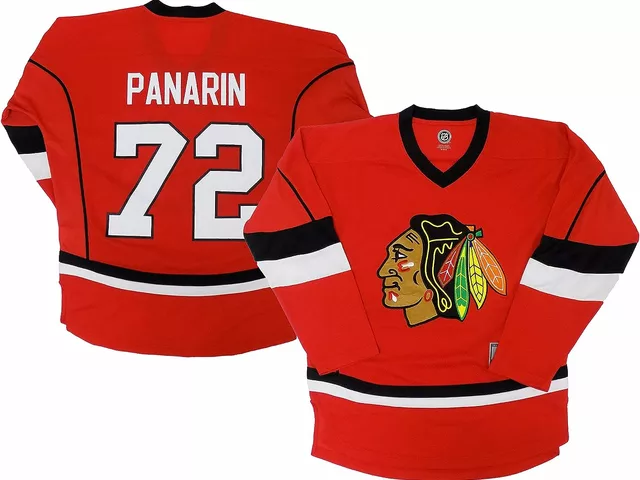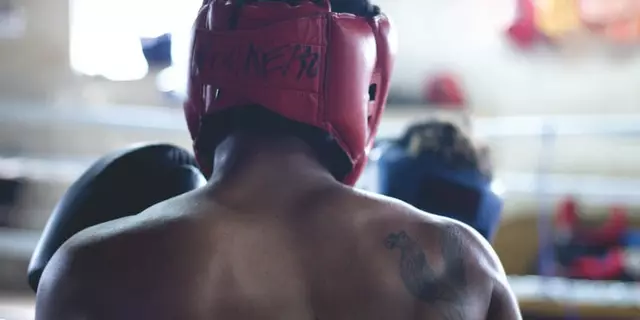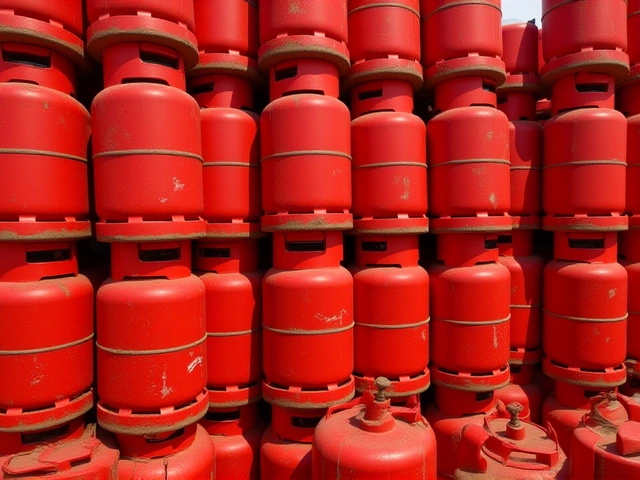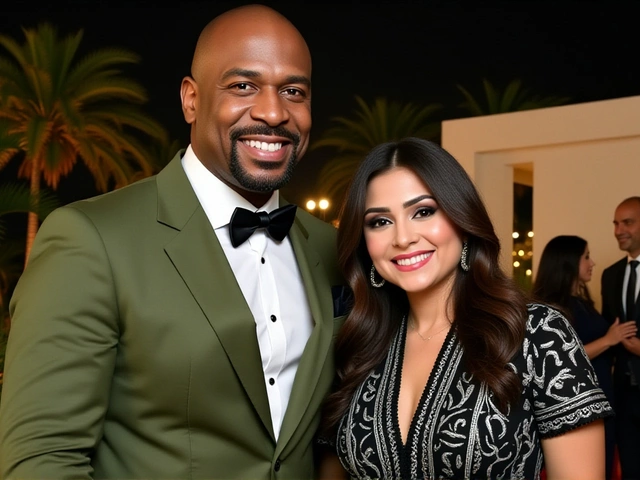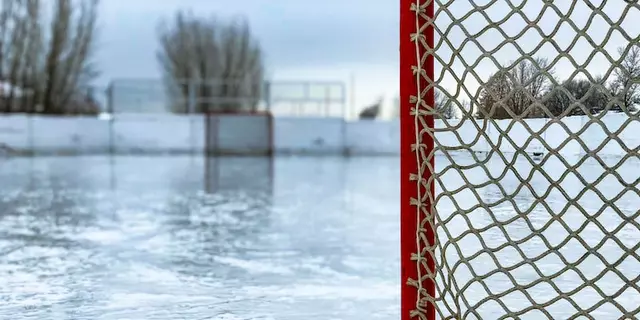Skates: Choosing, Caring, and Comparing Hockey Skates
If you’re new to hockey or looking to upgrade, the right skates can change how you play. Too tight and you’ll feel pain, too loose and you lose control. Below you’ll find straight‑forward advice on picking the perfect fit, keeping your blades sharp, and weighing the big brands.
Find the Right Fit
First, slide your foot into the skate with the laces loose. Your toes should just touch the front; you don’t want a big gap. Stand up and flex your ankle – the boot should hug the heel without crushing it. If you feel any pressure points, try a different size or a model with a wider toe box.
Next, tighten the laces from the bottom up. The goal is even pressure, not a knot at the ankle. Many players use a “heel lock” – loop the top lace around the eyelet and pull tight – to stop the foot sliding forward.
Don’t forget socks. A thin, moisture‑wicking pair works best; thick socks can squeeze the foot and make the skate feel tighter.
Maintain Your Skates
Sharp blades are a must. A dull blade makes turns feel sloppy and can cause you to miss the puck. Use a blade grinder or take them to a shop after every few games. When you grind, keep the angle around 1° for a good balance of speed and control.
After each session, wipe the blades with a dry cloth. Moisture can cause rust, which not only looks bad but weakens the steel. Store skates in a dry place, preferably upright on a rack, so the blades aren’t pressed together.
Boots also need care. If they get wet, let them air dry – never put them near a heater, as the heat can warp the plastic. A light mist of leather conditioner (if you have leather boots) will keep the material supple.
Now, what about brand choice? The two biggest names are CCM and Bauer. CCM skates are known for a stiff, supportive feel. They’re a good pick if you like a firm boot that holds your foot steady during fast moves. Bauer skates are often praised for comfort and a slightly softer flex, making them easier on the foot during long practices.
Both brands offer entry‑level, mid‑range, and elite models. If you’re just starting, a mid‑range skate from either line will give you the performance you need without breaking the bank. Test both in a shop if you can – the feel is personal.
Finally, keep an eye on your budget. A good pair of skates can last several seasons if you treat them right. Investing in proper laces, a blade guard, and occasional professional sharpening will extend their life and keep you playing at your best.
So, to recap: fit matters more than brand, sharp blades are non‑negotiable, and regular maintenance saves money. Whether you go CCM, Bauer, or another label, the right skates will let you glide confidently on the ice. Happy skating!
Skating on ice is a fun way to exercise, but what type of skates should you use? Hockey skates and figure skates are both popular, but which one is easier to use? Generally, hockey skates are more beginner friendly than figure skates because they are more stable and have a deeper cut for better maneuverability. However, figure skates are more lightweight and allow for more control and more complex tricks. Ultimately, the best choice for you depends on your skating goals and preferences.
Read more

